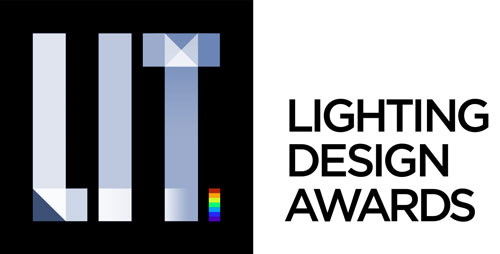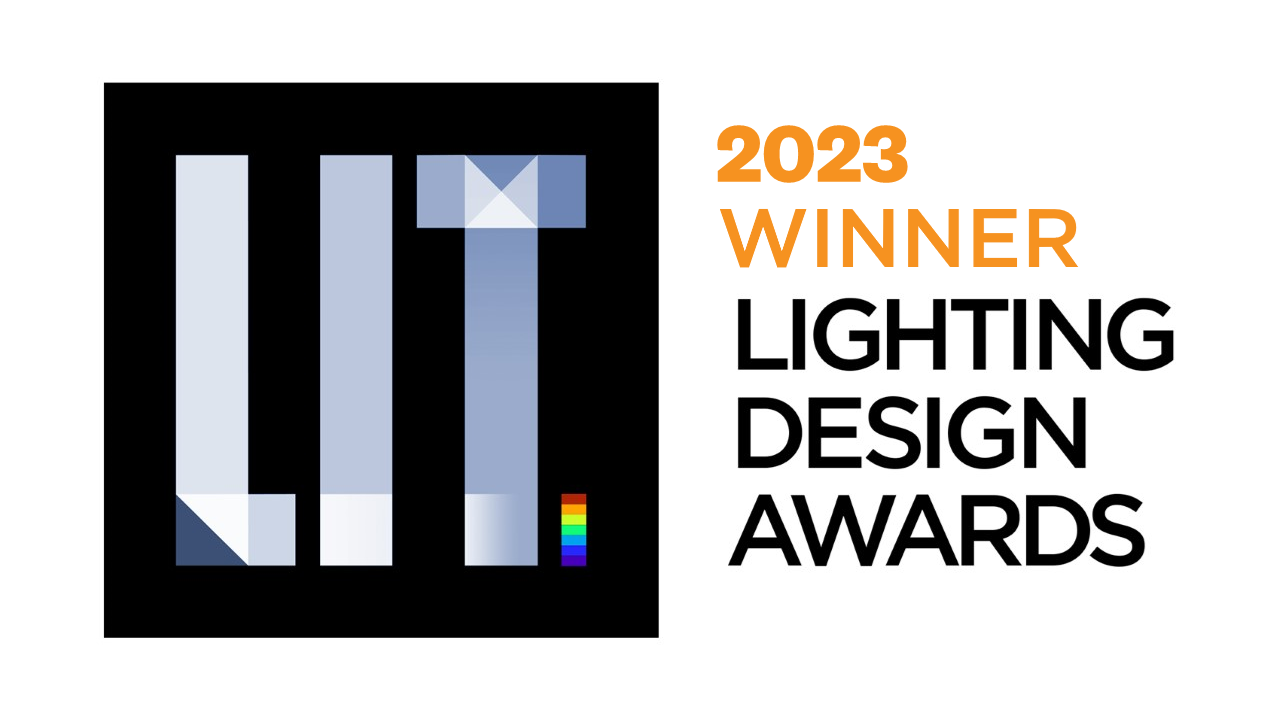Prize(s) Winners in Other Lighting Designs
Company Lighting and
Lead Designers Marco Piovella
Other Designer's names Simone Castiello, Gaia Belardinelli
Client Amaro Lucano (Lucano 1894 Srl)
Photo Credits Luca Mosconi per MODstudio Milano
Other Credits Domenico Martino Architetto
Completion Date 30.10.2023
Project Location Pisticci Scalo (Pisticci, provincia di Matera)
Entry DescriptionAmaro Lucano is one of the most recognized Italian liqueur.
Pisticci historic headquarters needed to return at the splendor of a time.
Cellars-space final lighting design goals were:
-excite visitors
-convey the corporate vision
-create a common thread with museum and shop environments
-create different light scenarios, transforming the environment according to its use of the moment
while maintaining the lighting design project focused on the research of sacredness of space, as required by architects.
LIGHTING DESIGN CONCEPT: THE WHALE BELLY
The whole development of the lighting design has revolved around a clear reference image: the belly of the whale in the famous Walt Disney cartoon "Pinocchio" (1940).
LIGHTING DESIGN DETAILS:
In all scenarios created the focus has always been on creating the right mix of accent lights on the structure and details, controlling the amount of light.
The chosen color temperature is warm, 2700° Kelvin
To satisfy the space multifunctionality it was essential to increase the number of lights.
The 1 Watt mini-projector usually used for jewelry mini-showcase product was modified for false-ceiling installation. It create accent lights on barrels, conferences and for effects on the load-bering beams.
Colored illuminations have been added to maintain a common thread with company stores and give a touch of modernity able to stimulate perception
Sustainability ApproachThe cellars and the places that can be visited under the road level, are often overlit for technical, aesthetic, maintenance or cleaning reasons.
Although the multifunctionality of the space requires different levels of light and therefore many different products, the approach to the sustainability of the project was mainly to make sure to control the amount of light and the use over time of all products, through an automation system that guarantees as standard mode of use, the one with the least light output and the least use of products.
Were used for all exhibitions and for lighting fixtures recessed on cork ceilings,
products with interchangeable led modules without the use of tools.
From the very first product choices there has always been a desire to use at least one product with plastic-free packaging:
those lighting fixtures are that used for the grazing effect of the walls.
Company DescriptionArchitectural lighting design studio,
based in Milano and Genova.














